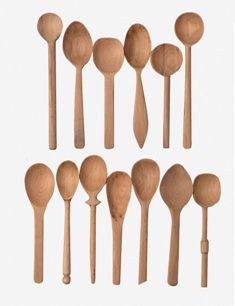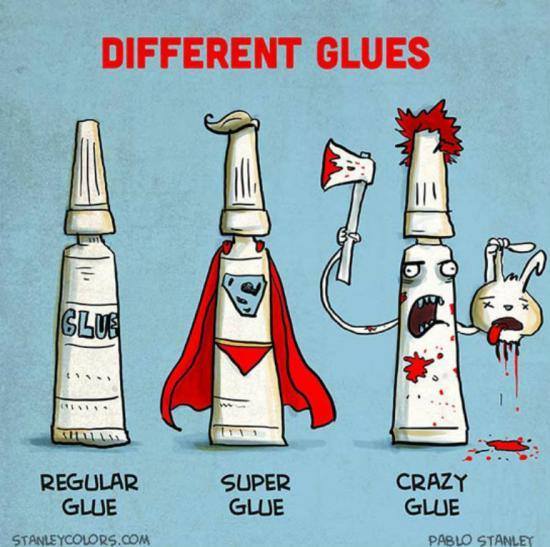
The word spoon is derived from an ancient word meaning a chip of wood or horn carved from a larger piece. Wooden spoons were easy to carve and thus inexpensive, making them common throughout history.
Spoon History
The Iron Age Celts (C. 250BC) of Britain used them and this is evidenced by an example of a small ladle found during archaeological excavations at the Glastonbury Lake Village. Roman period wooden spoons have also been recovered from excavations in the City of London. The Anglo Saxons were great workers of wood, as were the Vikings. Both these groups of settlers to the British Isles produced wooden spoons for domestic uses.
Wooden spoons have been made in nearly every nation on earth and compared to silver, pewter or gold spoons, represent the ordinary artisan and reflect the life of ordinary people. This is often referred to as their “folk art”. Each region, sometimes each village, will produce its own distinct style and type of spoon. Many African spoons are carved with wild animals and are directed at the tourism market. There are others that are ceremonial and contain much symbolism. Distinctively painted spoons have been made in the Khokhloma region of Russia for nearly 200 years, originally for domestic use and in more recent times as tourist articles.
Spoon carving has become very popular as of late. And why not? They are attractive, fun to carve, their designs are unlimited, and they can be used either as decorative pieces or as functional cooking utensils in the kitchen.

Spoon Uses
Wooden spoons have been a fixture in kitchens for thousands of years for good reason. They are durable, easy to clean and don’t impart any flavor to the food. In addition they don’t scratch modern stick-proof finishes. Today they are still used for stirring many different kinds of foods especially for soups and casseroles during

preparation. wooden spoons are generally preferred for cooking because of their versatility, although they have a tendency to absorb strong odors such as onion and garlic. Some cooks prefer to use wooden spoons when preparing risotto because they do not transfer heat as much as metal spoons. Unlike metal spoons, they can also be safely used without scratching non-stick pans. This is useful when making dishes such as scrambled eggs.
Spoon Care
Wooden spoons should be washed by hand and not put into the dishwasher. The heat of the drying cycle will desiccate the spoon and could cause the wood to crack. If you wish to renew the finish on this spoon use any food-safe oil such as mineral oil or butcher’s block oil. Never use vegetable oils as they can turn rancid.
Years ago the wooden spoon was also used by parents, mostly mothers and grandmothers, in some cultures as an implement used as a means of corporal punishment. In recent years, though the practice has become mostly a symbol of nostalgia as its actual use has become culturally unacceptable in most countries; particularly the United States.

Lovespoons
Then there are the more intricately carved Lovespoons. These spoons can be anywhere from rather unadorned to extremely elaborately carved works of art.
They can consist of either a single spoon or two spoons connected on either end. Lovespoons also date back thousands of years…as far back as the middle 1600’s.

I will go into Lovespoons in more depth in a later blog.
Reference
Wikipedia The Free Encyclopedia
Let the chips fly! Tell your carving friends about Wood Chip Chatter, and don’t forget to send in your questions

and comments so we can keep Wood Chip Chatter active and keep the conversations going!


Very nice blog about spoons Bob. I have carved a couple of decorative spoons but never a practical spoon. Last week I went to Fox Chapel’s warehouse and bought a book that was printed in 2020. The book is called “12 Spoons 2 Bowls and a Knife”. Eventually I hope to carve some practical spoons from this book. I hope everyone has a wonderful day and keep on carving.—-Phyllis
LikeLike
I have learned that you have to rub the spoons with something soft and hard (like a deer horn, a pipe, or something similar) to seal the pores. I’ve tried it and it works! A smooth, shiny finish is achieved before applying the oil
LikeLike